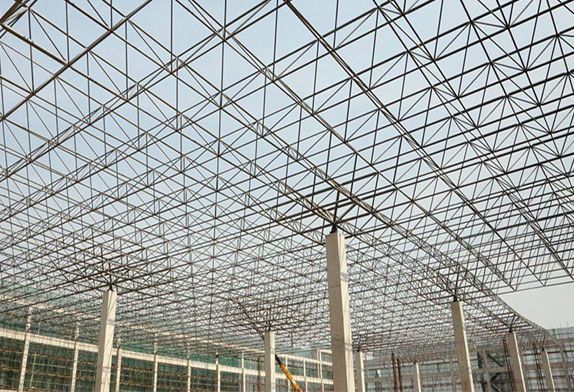
Purlins of single-story steel structure engineering will also be a part of the stress system, and it needs to bear the following three loads in use.
- Permanent load (constant load)
Weight of roofing materials (including support for waterproofing, insulation, etc., and weight of purlin structure.
- Variable load (live load)
Roof uniform lives load, snow load, ash load, and wind load of single-story steel structure building, the standard value of uniform live a load of steel structure roof (calculated according to projection plot product).
For purlins with purlin spacing less than 1m, the strength of 1.0kN (standard value), construction, or maintenance concentrated load on the span should also be checked. For solid purlin, the load can be converted into an equivalent uniform load by 2* 1.0Al (kN /㎡), A is the horizontal projection spacing (m) of the purlin, and L is the span (m) of the purlin.
- Load combination
1) The live load of uniform distribution is not considered at the same time as the snow load, and the larger value of the two is chosen in the design.
2) Ash load should be considered together with the larger value of uniform live load and snow load;
3) Snow load and ash load should consider the increased coefficient of uneven distribution according to the Load Code for Building Structures;
4) Concentrated load in construction or maintenance is not considered at the same time as evenly distributed live load or snow load;
5) For the flat slope roof (slope is 1/8-1/20), the positive wind pressure is not considered; When the wind load is large, it should be checked that under the action of wind suction, the cross-section stress under the combination of permanent load and wind load is inverse. At this time, the component coefficient of the permanent load is 1.0.











 About Us
About Us 2022-06-10
2022-06-10


